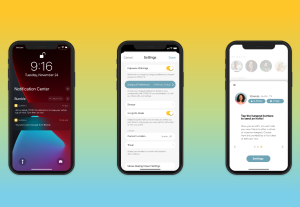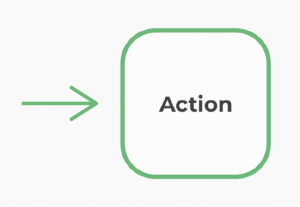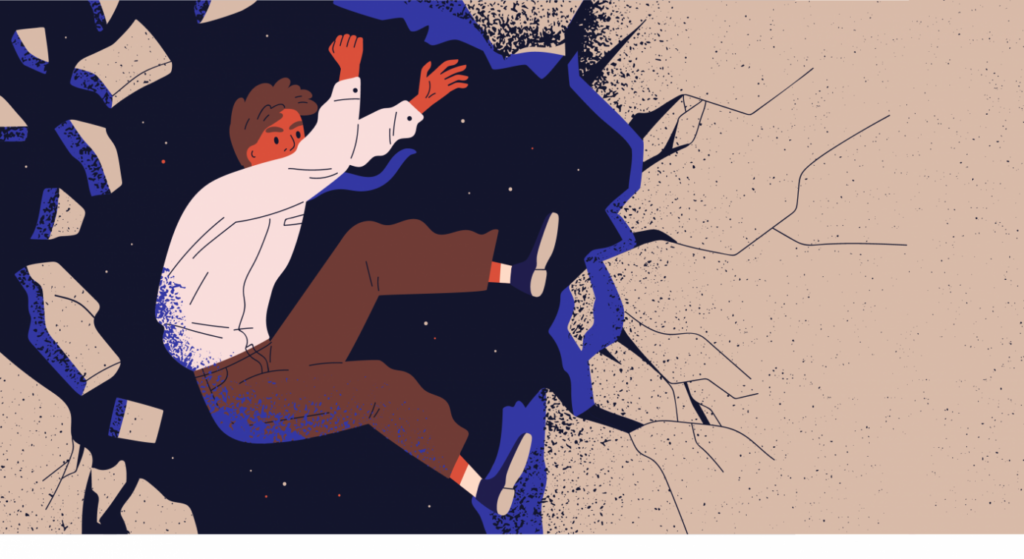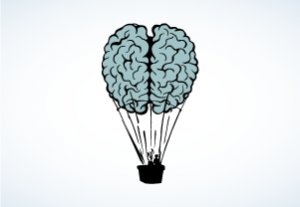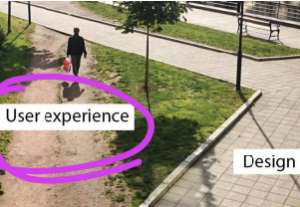- Augmented Reality, Customer Experience, Human factors, Psychology and Human Behavior
A world in upheaval creates new opportunities for designers to impact the greater good
Article by Anna Voshkarina
Share:Five Positive Design Trends Informed by Crisis and Change
Share this link
- March 8, 2021
7 min read



